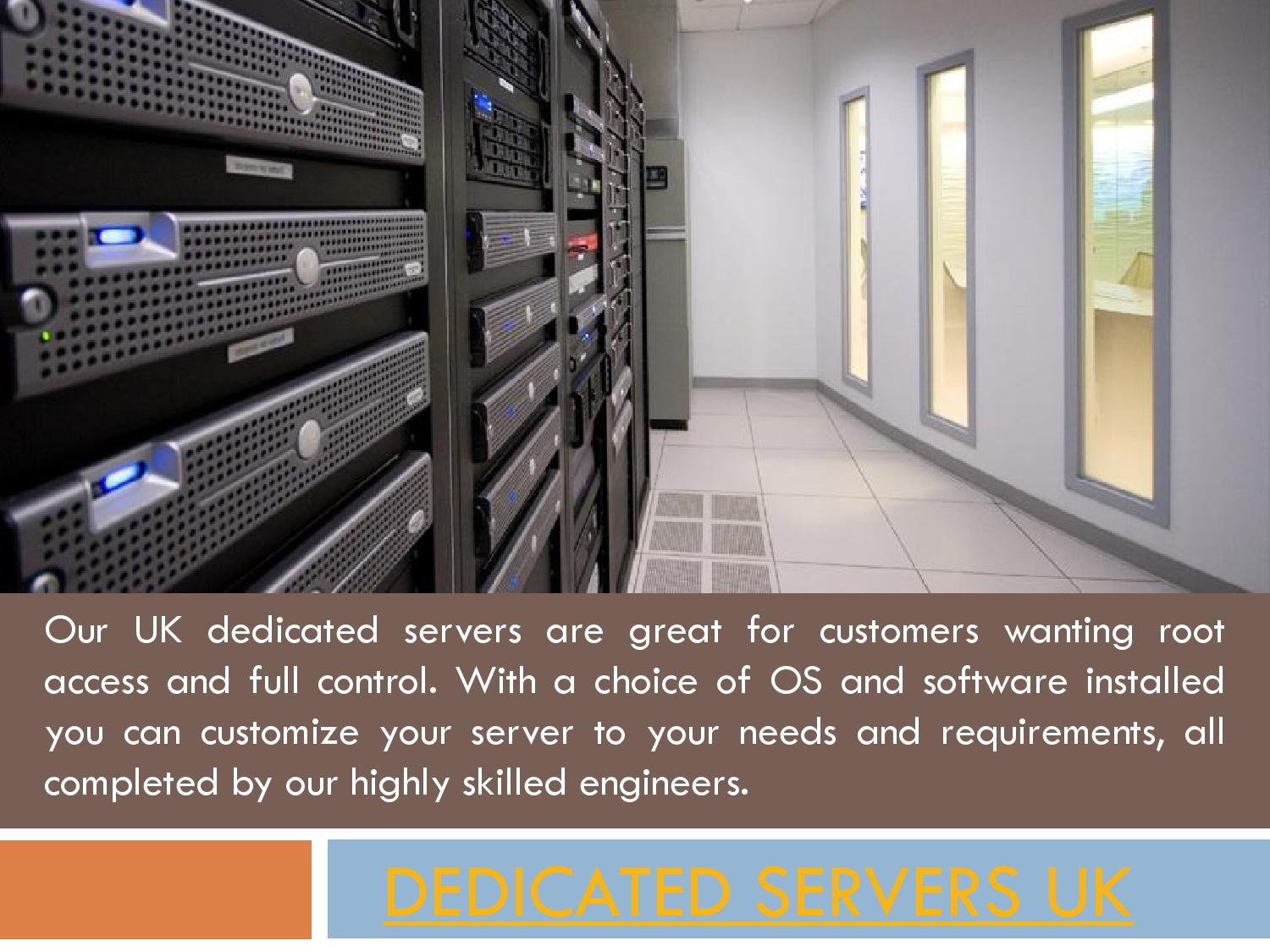
Ports are an essential computer networking feature. They allow computers to send and receive data over the network. Ports allow files to be transferred and enable the computer to access external hardware, such as printers or other devices. They are also used to identify and understand data being sent from one device into another.
A port can be a physical or virtual connection point. Physical ports are located on the motherboard or socket of the computer. Software-defined virtual ports are available. These are used by computer and router applications to share resources such as memory and processors. The operating system manages network traffic flow when a program uses virtual ports. It is possible to insert an expansion card to add another port on the motherboard.
Ports are not necessarily more secure than other methods of transferring data. Instead, they provide a faster way to connect devices and communicate with them. The number, or number of applications that are being run on a computer's ports depends on how many of them they have. There are different types of ports, each of which serves a specific purpose. Some ports can only be used for specific protocols while others are available for all applications.

Computers utilize a standardized set of protocols for communication on the network. This includes Transmission Control Protocol(TCP), User Datagram Protocols, and Hypertext Transport Protocol (HTTP). Each protocol has well-known ports which can be used for data transfer. For example, a webserver will send all HTTP message to port 80. A file transfer program, in the same way, will also bind to port 21.
Ports can also help identify the application that is running on a particular machine. The port number of an application can be found within the operating system or can be assigned automatically by the hardware. Using a port to identify a particular application is important, because not all applications are created equal.
A port is often a 16-bit, unsigned integer number. Every application on a computer is assigned a unique port. But it isn't unusual for a computer with more than one port open. Operating systems can either automatically assign one port to a specific application or select one for a specific service.
As the Internet expands, so does the need for network port. There are 65,535 available TCP ports worldwide at the moment. The lowest-numbered ports have historically been used to identify the most commonly used services. While the higher-numbered ports are available for general applications, the lower-numbered ones can be used by more common applications. As the address space gets smaller, IPv4 is being replaced by IPv6.

It is not necessary for a computer system to have network ports. These ports are useful for helping the computer to recognize information being transferred between and among other hardware. That means that a computer can be used for multiple applications without having to purchase an additional hardware device.
Remote access is one of the major reasons to use a port. Remote access can also be achieved using port forwarding. This is where a device is connected remotely to a computer and its IP address made available to all computers in the same area network. Remote Desktop Protocol allows remote access to desktop computers.
FAQ
What is a static site?
A static site can be hosted anywhere. This includes Amazon S3, Google Cloud Storage. Windows Azure Blob storage. Rackspace Cloudfiles. Dreamhost. Media Temple. You can also deploy static sites to any platform that uses PHP, such WordPress, Drupal Joomla! Magento PrestaShop.
Static websites are typically easier to maintain, as they don’t have to constantly send requests between servers. Also, they load faster because there's no need to send any requests back and forth between servers. For these reasons, static web pages are often better for smaller companies that don't have the time or resources to manage a website properly.
How to design a site?
Understanding your customers' needs is the first step. What are your customers looking for?
What kind of problems can they have if they cannot find what they want on your site?
This knowledge will help you to identify the problems and then solve them. Your site must look professional. It should be easy-to-use and navigate.
It is important to have a professional-looking website. It should not take too much time to load. If it takes too many seconds, people won’t be able stay as long. They will go elsewhere.
You need to consider where your products are located when you build an eCommerce website. Are they in one place? Are they in one location?
You must decide whether to sell one product only or many products simultaneously. Do you prefer to sell one type of product, or several types?
After you've answered these questions, it is possible to start building your website.
Now it is time to focus on the technical side. How will your website work? Will it run fast enough? Is it possible to access the information quickly using a computer?
Will people be able to buy something without having to pay extra? Do they need to register in order to buy anything?
These are important questions that you must ask yourself. Once you know the answers to these questions, you'll be ready to move forward.
What is the best platform for creating a website design?
WordPress is the best platform when it comes to designing websites. It offers all the features that you need to build a professional-looking website.
Themes can be easily customized and installed. There are thousands of themes online that you can choose from.
You can also add functionality by installing plugins that allow you to do everything from adding social media buttons to adding forms and contact pages.
WordPress is also very user-friendly. You don't even need to know HTML code in order to modify your theme files. To change your theme files, all you have to do is click on an image and select the desired changes.
While there are many options for platforms, WordPress is my favourite. It has been around forever and is still widely used by millions.
How To Create A Static Website
You have two options when creating your first static site:
-
Content Management System (a.k.a. WordPress): You can download this software and install it on your computer. This will allow you to create an essential website.
-
A static HTML website is created by you. It's not hard to do if you already understand HTML.
It is worth hiring an expert if you want to build large websites.
But starting, you should probably go with option 2.
Do I Need Any Technical Skills To Design And Build My Site?
No. You only need to have a basic understanding of HTML/CSS. Online tutorials can be found that cover both HTML and CSS.
Statistics
- When choosing your website color scheme, a general rule is to limit yourself to three shades: one primary color (60% of the mix), one secondary color (30%), and one accent color (10%). (wix.com)
- Is your web design optimized for mobile? Over 50% of internet users browse websites using a mobile device. (wix.com)
- Studies show that 77% of satisfied customers will recommend your business or service to a friend after having a positive experience. (wix.com)
- It enables you to sell your music directly on your website and keep 100% of the profits. (wix.com)
- Did you know videos can boost organic search traffic to your website by 157%? (wix.com)
External Links
How To
What is website hosting?
Website hosting refers simply to the place that people visit when they visit a website. There are two types of website hosting:
-
The cheapest option is shared hosting. Your website files reside on a server owned by someone else. Customers who visit your website send their requests via the Internet over to that server. The server owner then forwards the request to you.
-
Dedicated Hosting - This option is the most costly. Your website is only accessible from one server. There are no other websites sharing space on the server. Your traffic remains private.
Most businesses choose shared hosting because it's less expensive than dedicated hosting. When you use shared hosting, the company that hosts the server gives you the resources to run your site.
However, both have their advantages and disadvantages. These are some of the major differences between them.
Shared Hosting Pros
-
Lower Cost
-
Easy to Setup
-
Frequent updates
-
It can Be Found On Many Web Hosting Companies
Hosting shared can be as low as $10 per month. This price often includes bandwidth. Bandwidth refers to the amount of data you can transfer across the Internet. So even if you only upload photos to your blog, you may still pay extra money for high amounts of data transferred through your account.
You'll soon realize why your old host cost so much once you get started. Most shared hosts have very poor customer support. While they may occasionally assist you in setting up your site and other tasks, after that you are all on your own.
A provider with 24-hour telephone support is a good choice. They will assist you with any problems that may arise while you're sleeping.
Cons of dedicated hosting
-
More Expensive
-
Less common
-
Requires Special Skills
With dedicated hosting, everything you need for your website is at your fingertips. You won't worry about how much bandwidth you are using or how much RAM (random Access Memory) you have.
This means you will need to spend more upfront. But once your online business starts, you'll realize you don't need any technical assistance. You'll be able to manage your servers effectively.
Which Is Better For My Business:
The answer depends on what kind of website you want to create. Shared hosting might be best if you just want to sell products. It is simple to set up and easy to maintain. And since you're sharing a server with many other sites, you'll likely receive frequent updates.
However, dedicated web hosting is the best way to build a community around you brand. It allows you to focus on building your brand and not worrying about managing your traffic.
Bluehost.com is the best web host for both. Bluehost.com offers unlimited monthly data transfers, 24/7 customer support, domain registrations free of charge, and a 30-day guarantee for your money back.